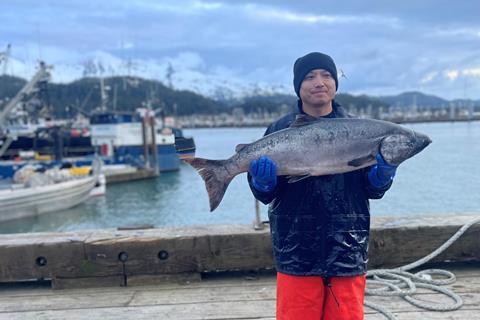
A positive opening salmon run in the small town of Cordova, Alaska, spelled good news for the global sector after years of price and supply concerns.
The Copper River fishery opener on 16 May marked the start of the US state’s wild salmon fishing season, with all eyes on the fishery’s prized king and sockeye salmon.
Local fishers hoped for a bumper year after a few consecutive seasons of lower prices due to a variety of challenges such as Covid and lower consumer demand amid the cost of living crisis.
Prices paid to both fishermen and processors in 2023 were “historically low”, according to data from the Alaska Seafood Marketing Institute (ASMI).
This year’s first 12-hour commercial fishing window gave the markets some hope.
“It’s been a really good kick-off to the season,” one fisherman told The Grocer as he unloaded the freshly caught salmon from his boat, which then went on to a local processing plant.
He added it was “the best opener we’ve had in a while”.
Prices for the first batch of wild king salmon of the year – the most expensive of Alaska’s wild species – were set to hover around $80-$90 a pound, the fishers said.
Salmon prices drop significantly as the season progresses and more fish enter the market, with the fish typically being sold for as little as $2 a pound towards the end of July.
Alaska exports much of its seafood, with about $3bn worth of goods sold to international markets in 2022, according to ASMI.
Most of the canned salmon found in UK supermarkets comes from the US state, while frozen Alaskan wild king salmon is sold in several retailers including Waitrose and M&S.
Its main competitors in Britain are Scottish and Norwegian farmed salmon, which have also been steadily declining in recent years.







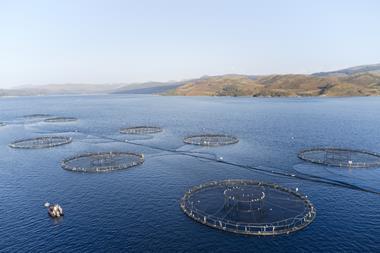
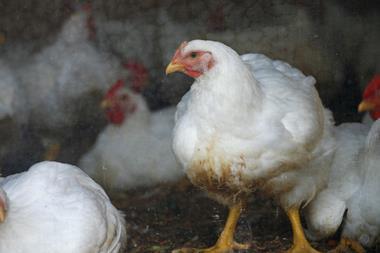



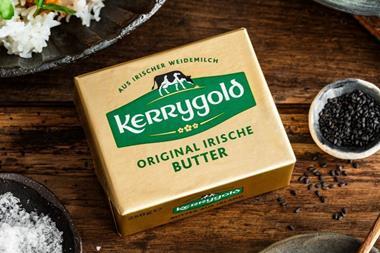



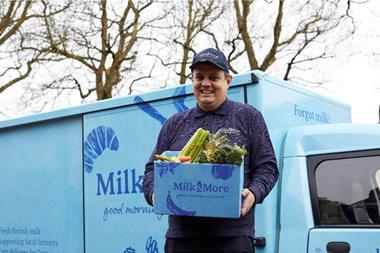


No comments yet